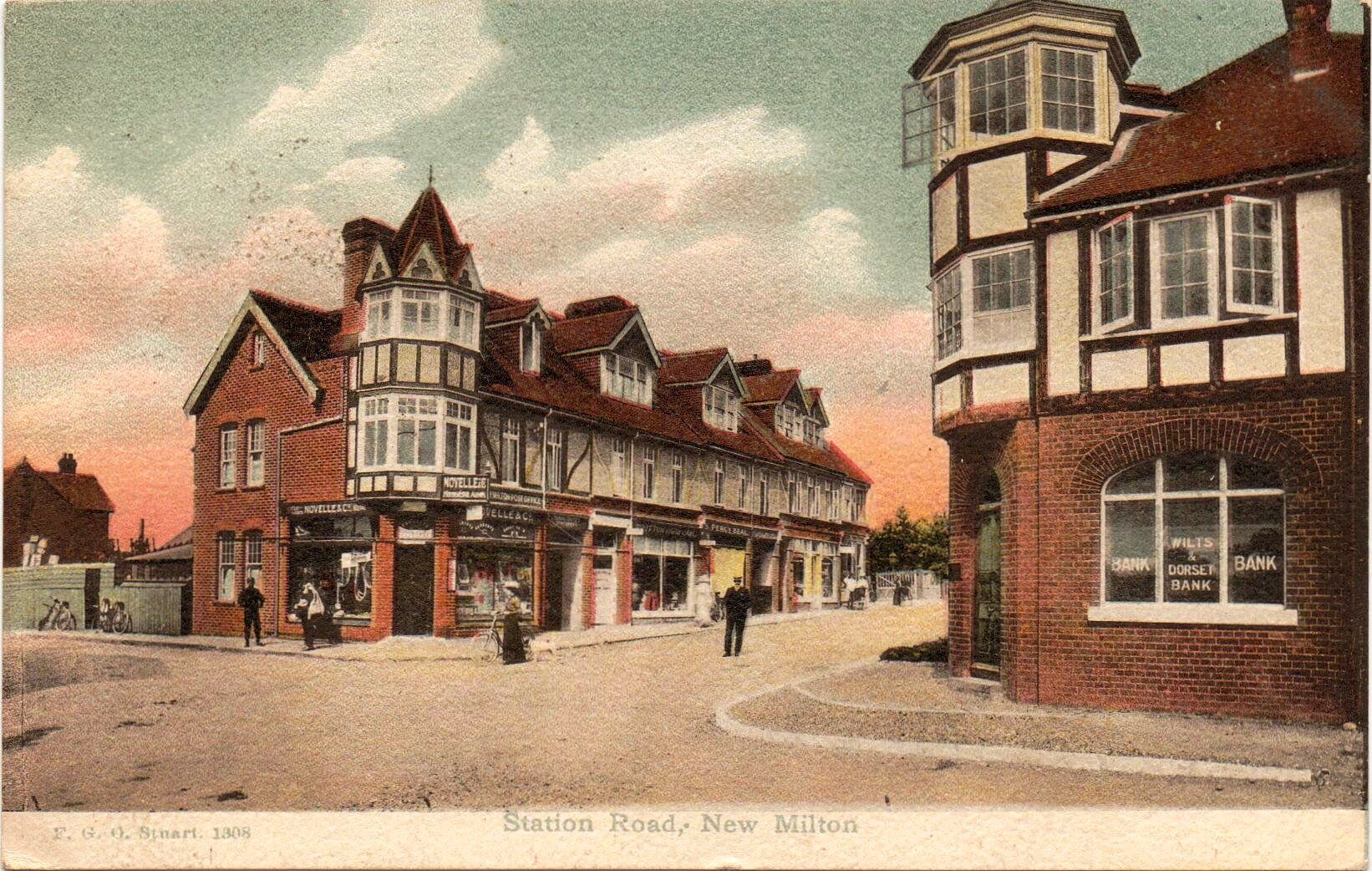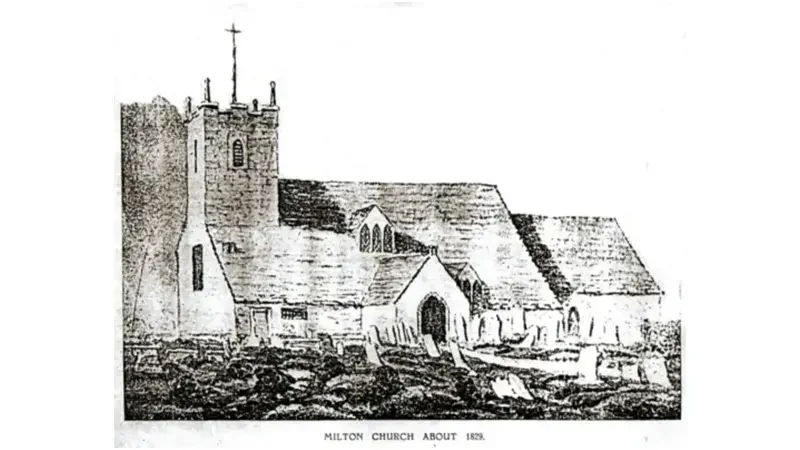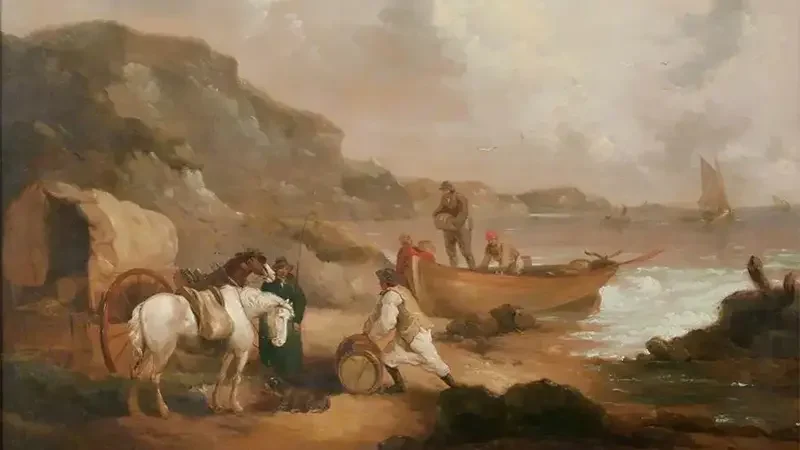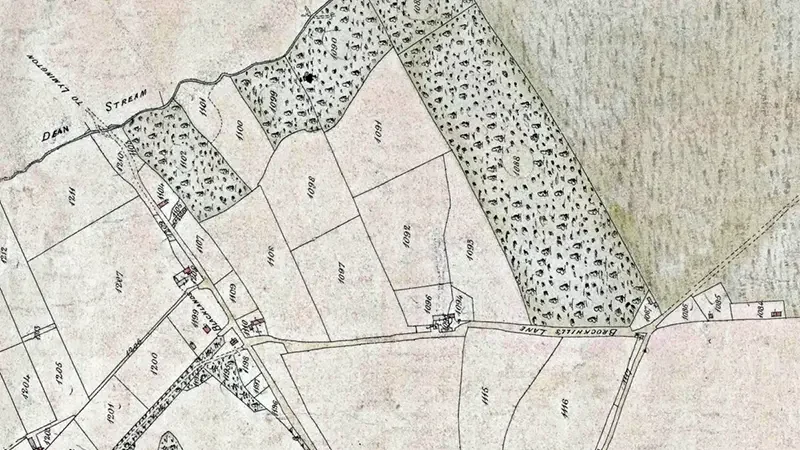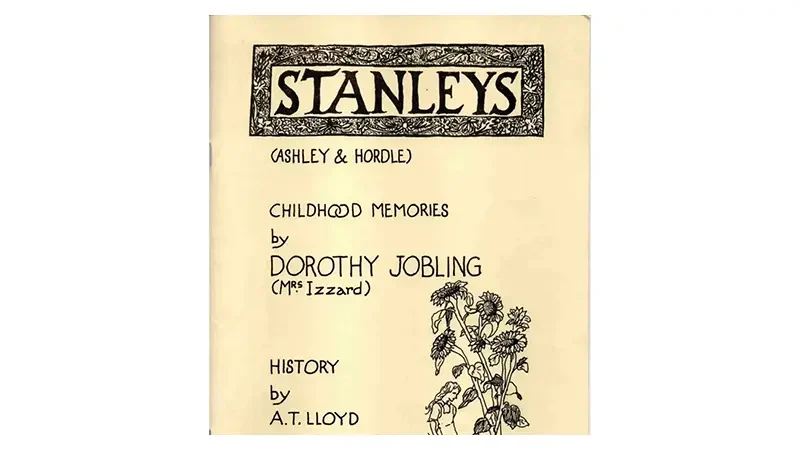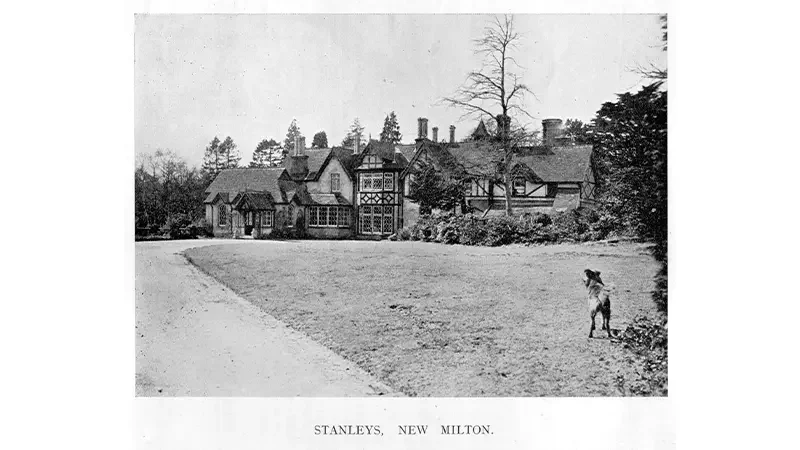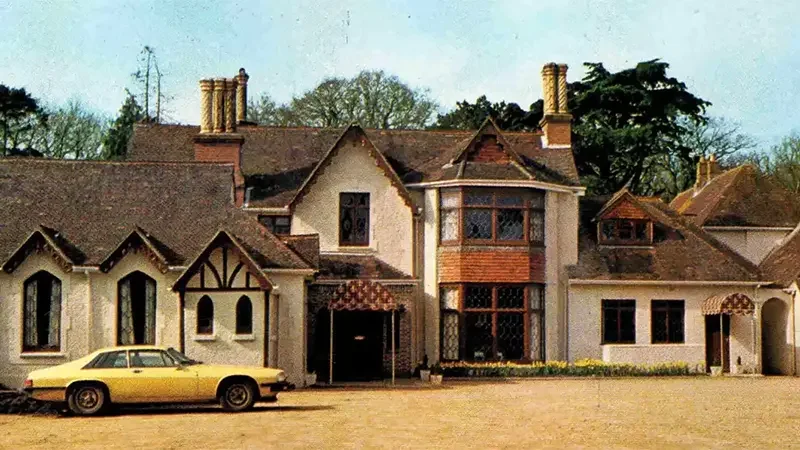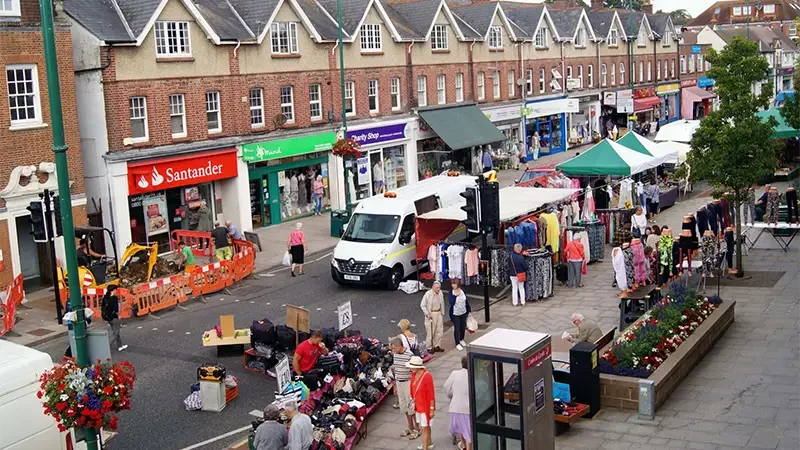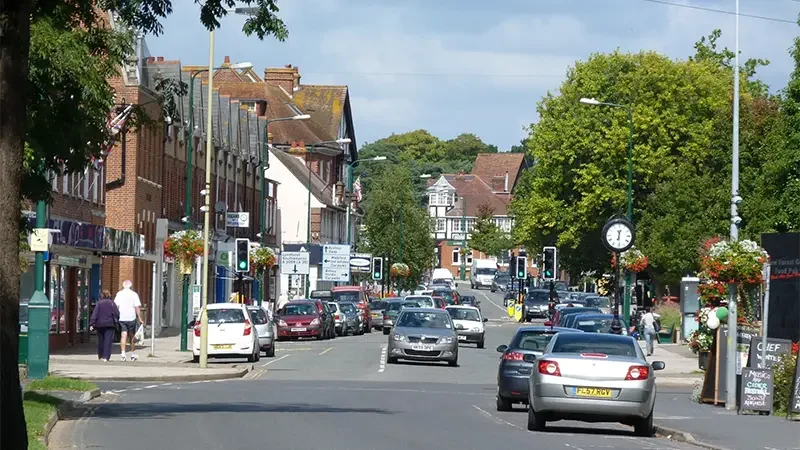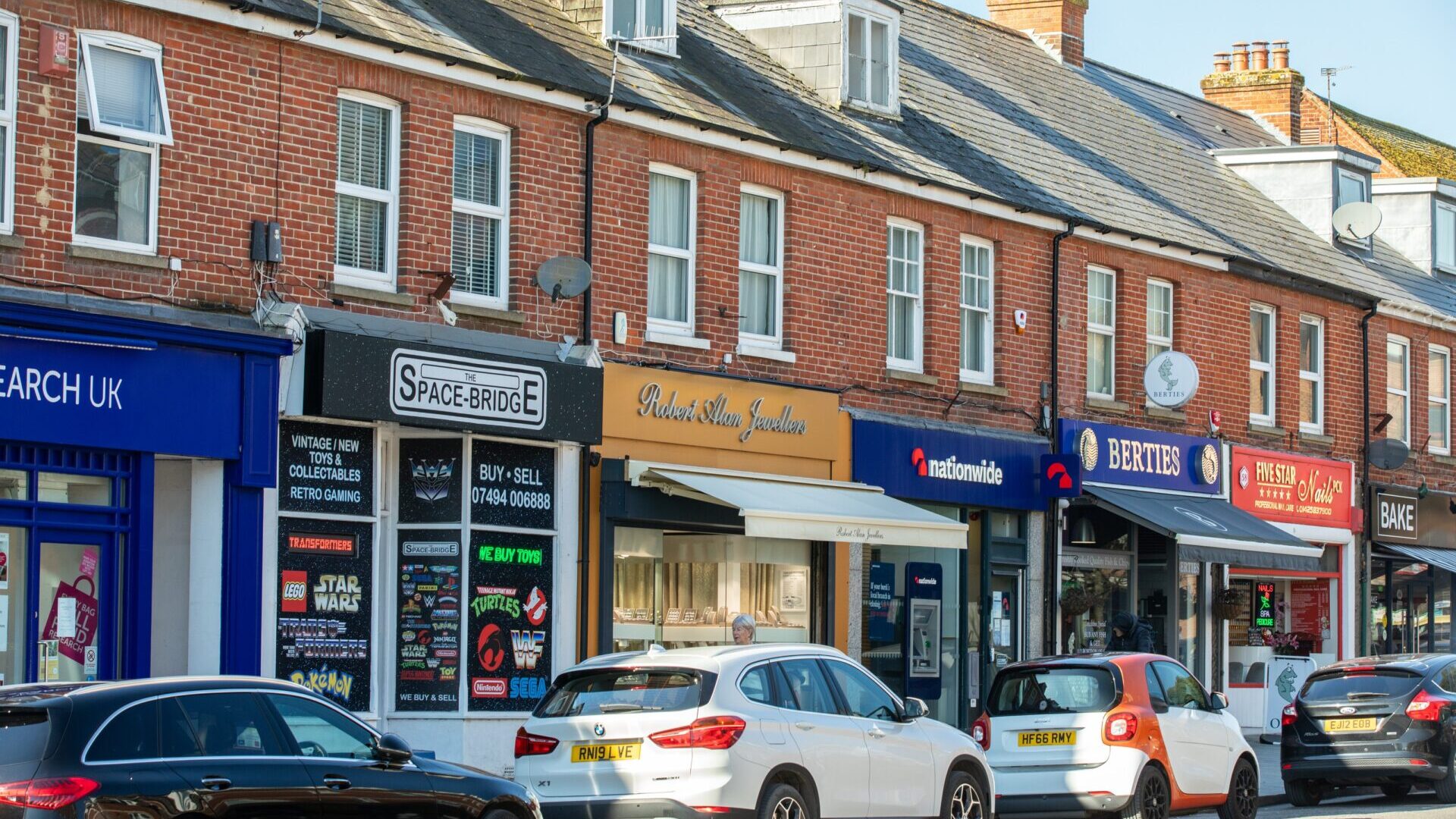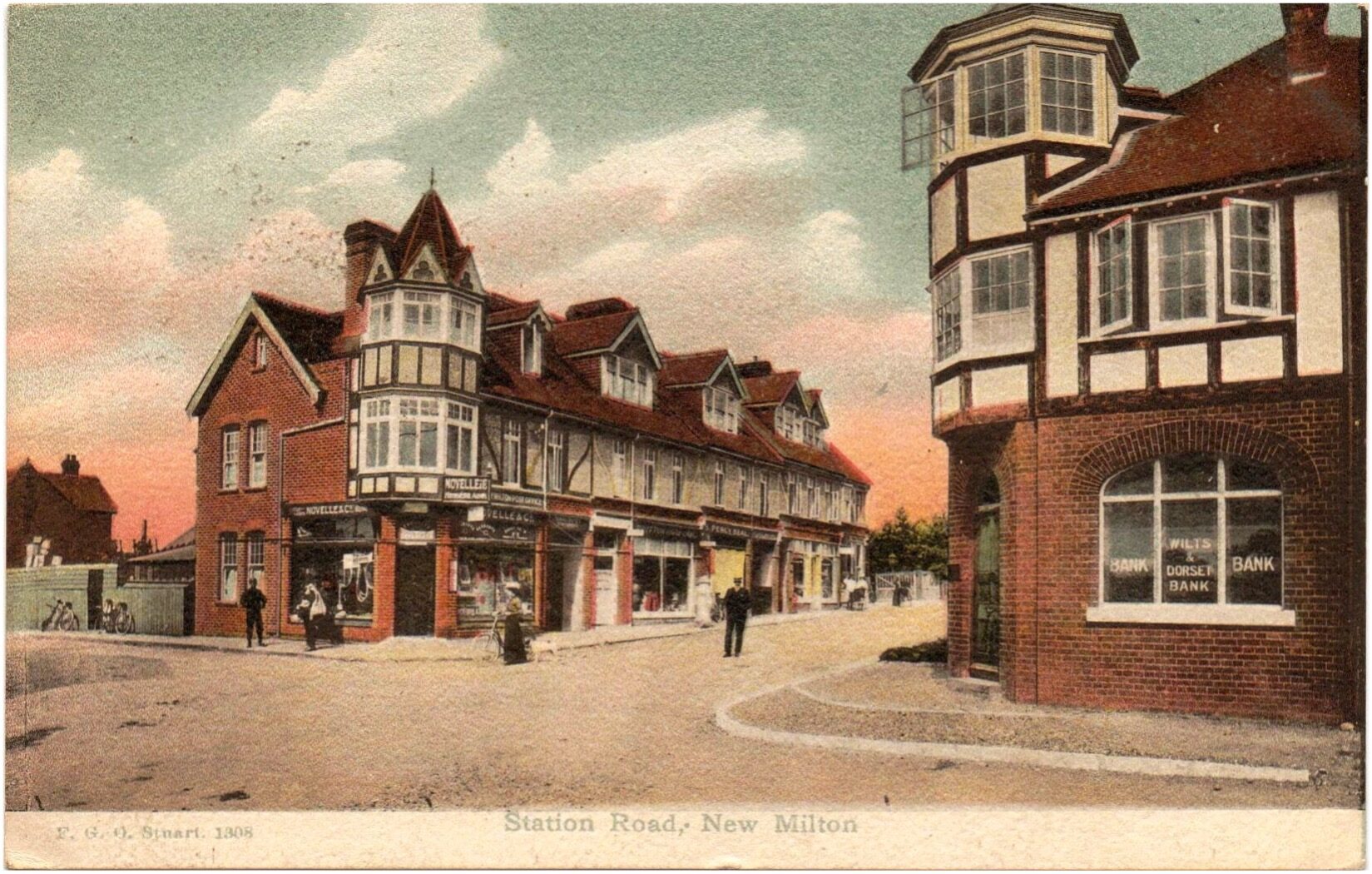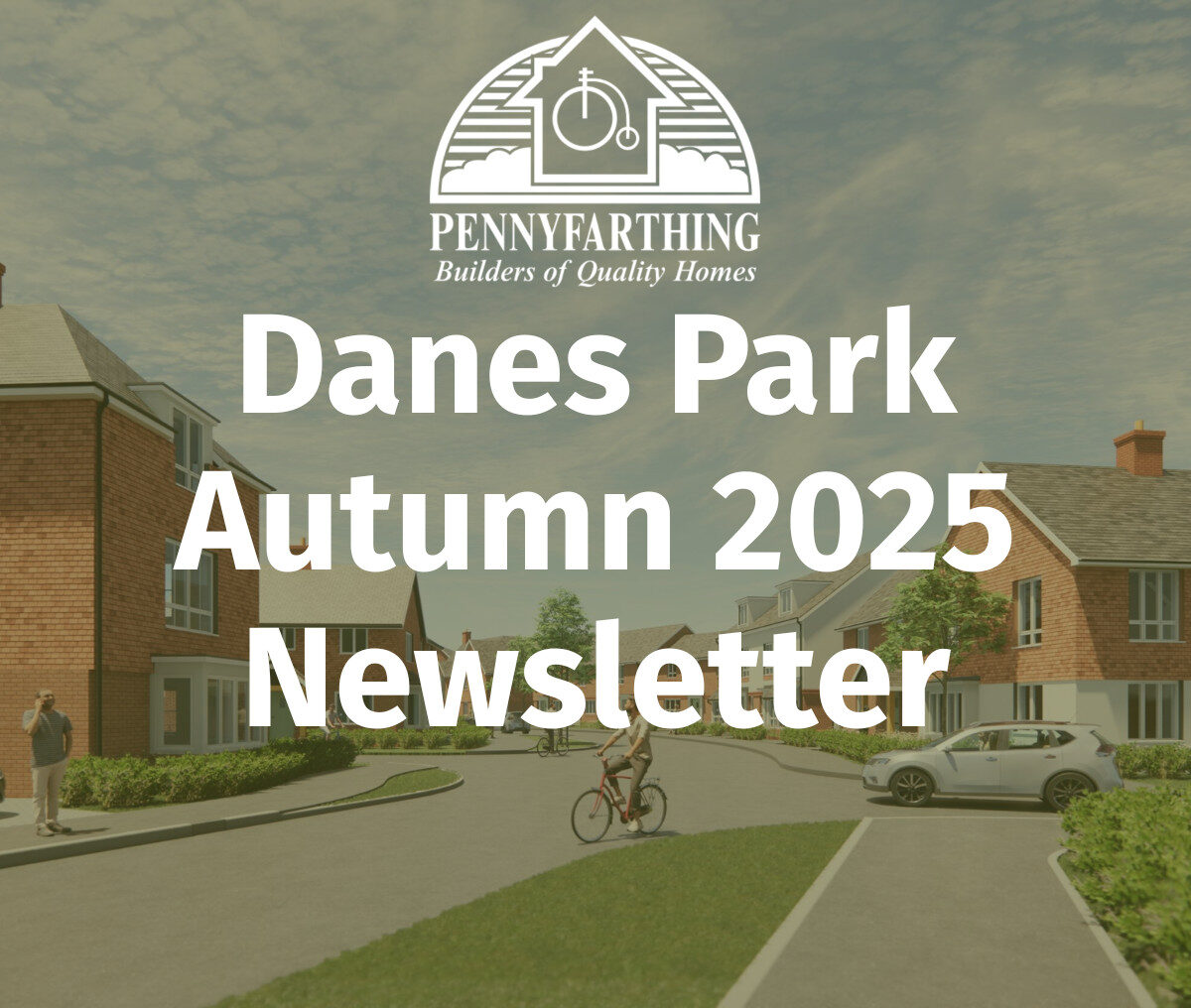
The Story Behind
Danes Park sits on land rich in local history, closely tied to New Milton’s transformation from a rural village into a thriving market town. Danes Park and the nearby Danes Stream get their name from the Saxon word ‘denu’ meaning a stream.
The site also borders Stanleys, a historic country estate. Inspired by the people and places that helped shape this area, our road names and site reflect a proud heritage that continues today.
Road Names and Their Stories
Orlando Avenue
Orlando Avenue is named after Commander Orlando George Gunning-Sutton, a Royal Navy officer credited with establishing the Stanleys Estate in the mid 1870s.
Crewe Crescent
Crewe Crescent honours Lady Harpur Crewe, who purchased Stanleys Estate in 1901 and supported local community projects, including the building of St Andrew’s Church at Tiptoe.
Jobling Gardens
Jobling Gardens is named for Harry Jobling, the head gardener at Stanleys Estate, whose family lived and worked on the estate for many years.
Dorothy Grove
Dorothy Grove commemorates Dorothy Jobling, daughter of Harry Jobling. Her recorded memories of life at Stanleys between 1901 and 1920 provide a valuable glimpse into New Milton’s past.
Allans Way
Allans Way is named after the father of the previous landowner, honouring the family’s historic connection to the land where Danes Park now stands.
